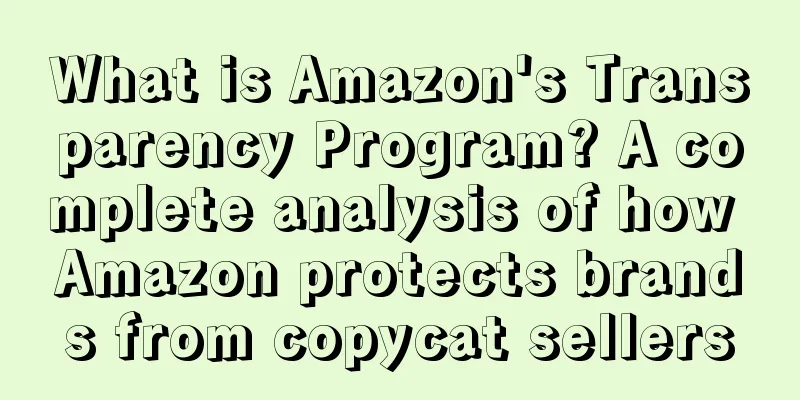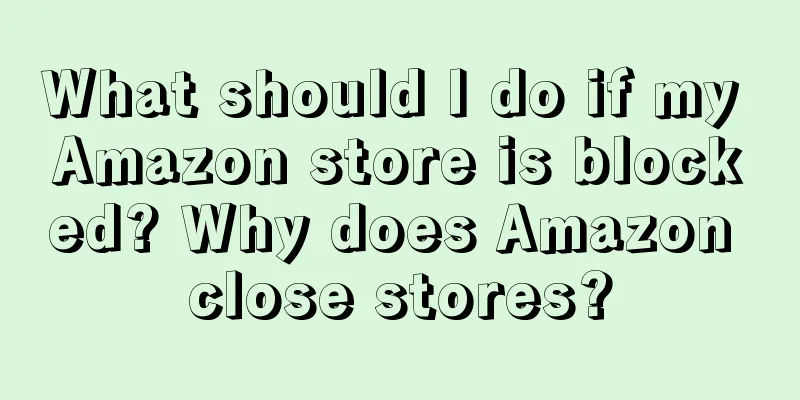There are currently over 60,000 brands that have registered their products in the Amazon Brand Registry. We discussed the importance of controlling your content, and the Amazon Brand Registry is a tool every vendor should consider. Benefits include:
Accurate Brand Identity – Companies can control their brand’s listings Enhanced Search Ranking – Quickly find content in Amazon stores. Search content in bulk using images, keywords, or ASIN lists and report suspected violations.
Proactive Brand Protection – Integrated automation uses information about your brand to proactively remove suspected infringing or inaccurate content.
It is free for companies to register with Amazon Brand Registry. Eligibility requirements for the program are; A valid registered trademark for your brand, appearing on your product or packaging.
Registering companies will identify the products they wish to register under the transparency scheme. The brand owner (company) will then purchase a certain number of traceability identifiers (unique 26-digit alphanumeric codes) from Amazon, which are provided in an Excel/CSV file. From that point on, the company will create a 2D barcode label based on the respective unique identifier and apply it to every unit of that SKU it produces. Basically, each item of the same SKU will have a different identifier code than all other items, like serialization. A condition of joining the program is that companies agree to tag all items of their designated SKUs, regardless of which channel is used. As part of the transition to the transparency program, there is a “flush” period during which brands’ existing non-2D barcoded items can continue to be sold globally. After the “washout” period, all SKU items will be accepted for shipment to Amazon only if they have a 2D barcode on each unit. For any product that is not 2D-evaluated using a unique code provided by Amazon, Amazon will not accept inventory sold by that brand, other third-party sellers, or even Amazon retailers. At this point, only products with 2D codes will be considered authentic by Amazon, and only these units will be allowed to be sold on Amazon.
If a company registers for the program and one of its registered SKUs gets too many complaints for validity, that brand will lose its certification in the program and those previously registered products will be removed from the transparency program.
Verify that your company is the legal rights owner or authorized agent of the trademark.
Amazon account. You can use an existing Amazon account (credentials associated with Vendor or Seller Central) or create a new account for free.
Why choose “Transparency”?
Providing proactive anti-counterfeiting protection to brands
Amazon has implemented Transparency checks in its US fulfillment centers to ensure that Transparency-enabled products shipped to consumers are authentic.
Allows consumers to verify product authenticity
Transparency allows consumers to verify the authenticity of products they purchase from any channel that has Transparency enabled.
Provide consumers with transparent product information
Transparency enables brands to share rich unit-level product information, including production date, production location, and more comprehensive product information.
What are the requirements for registering “Transparency”?
To sign up for the Transparency service, you will need:
Be able to verify that you are the brand owner of the products you sell.
A Global Trade Item Number (GTIN), such as the UPC barcode on a product.
The ability to apply a unique "Transparency" code to every item you produce.
Transparency Program
As a mechanism to combat counterfeit products, Amazon created the Traceability and Guarantee Program. In 2017, Amazon launched a pilot for its Transparency Initiative. The program is designed to give customers peace of mind about the authenticity of the products they purchase. Amazon has created a mobile app for Android or iPhone that consumers can use to verify authenticity and view detailed product data.
Can you tell me more about the transparency code?
Each transparency code is a unique alphanumeric non-sequential code. Transparency is the only entity that owns and has access to the code generation protocol. Additionally, Transparency records every code generated and the product that generated it, and uses that information to authenticate the product.
How does transparency work in an Amazon Fulfillment Center (FC)?
After brands start applying unique transparency codes to their products, Amazon will begin looking for and scanning these codes in its FCs to ensure only authentic products are sent to customers. Units that fail the Transparency authentication check are investigated for possible counterfeit. Suspected counterfeit products will be processed according to Amazon's Anti-Counterfeiting Policy.
How can customers use transparency to verify the authenticity of their products?
Customers can scan the Transparency code on a product using the Amazon shopping app or the Transparency app for their iOS or Android phone. When scanning, the app will display a green check mark if the code is valid and a red X mark if it is not. Brands may choose to share additional unit-level product information such as manufacturing date, manufacturing location, and enhanced product information (e.g. ingredients).
Do brands have to register all their products with Transparency?
Brands can register some or all of their products in Transparency. For each product that is registered, brands are required to apply a unique transparency code on every unit manufactured for that product.
Where is transparency available?
Transparency is currently only available in the United States.
How can consumers get help?
The Transparency app and the Amazon Shopping app have a “ Us” button for consumers to get in touch with the Transparency team.
How to join the Amazon Transparency Program?
To register for Transparency you need to:
Ability to verify that you are the brand owner of the product.
A Global Trade Item Number (GTIN), such as the UPC barcode on your product.
Ability to apply a unique transparency code on every unit you manufacture.
Transparency Program Fees
Amazon Transparency QR Code Price
If the one-time purchase quantity is less than 1 million, the price is US$0.05 per piece; if the one-time purchase quantity is 1 million and less than 10 million, the price is US$0.03 per piece; if the one-time purchase quantity is greater than 10 million, the price is US$0.01 per piece.
How are foreign sellers troubled by follow-selling?
In McLean's view, Amazon has contributed to the chaos in the marketplace through lax enforcement and overly complicated processes for managing their accounts and policing their listings. Then, through programs like transparency, it seeks to charge them for services to resolve those issues.
Even so, Amazon remains the destination of choice for a growing number of small businesses that thrive on the site and benefit from Amazon's massive reach, expansive fulfillment centers and logistics system. The vast majority of these businesses are not experiencing anything like what McLean describes.
What MacLean experienced
McClain, a 42-year-old former high school teacher, told CNBC that she started Wee Urban in 2010 after a health scare with one of her children forced her to take time off. Struggling to find quality clothing for her boys, she began designing simple sleeping bags from organic materials and selling them on Etsy. She sources content and materials locally and sews the products herself.
Prior to joining the Amazon marketplace in 2013, Wee Urban had its own website and partnerships with retailers across Canada.
After the 2016 bombshell, Amazon’s Canadian sales team contacted MacLean and invited her to join a program that would unify her accounts so that anything loaded onto Amazon.com would sync with Amazon.ca (Canada), making it easier to sell in multiple marketplaces.
She agreed. But she said her account quickly spiraled out of control. Wee Urban's sleeping bags began appearing on Amazon.jp (Japan) from third-party sellers MacLean didn't know. The products appear in various marketplaces around the world, including China and India, from one or more sellers going by the name Wee Urban.
She claims that starting around June, she would log into her account only to find that her sales in Canada were on hold and she was unable to load new products. Others seemed to make money from her brand, but customer complaints would come back to her – true to Wee Urban. She could see mysterious third-party sellers were changing the prices of the products they listed.
Suspecting fraudulent activity, McClain began pulling some inventory from Amazon's fulfillment centers and discovered that new barcodes were being placed on her items. The package had a yellow sticker and a shorter barcode than the one on her official white sticker.

